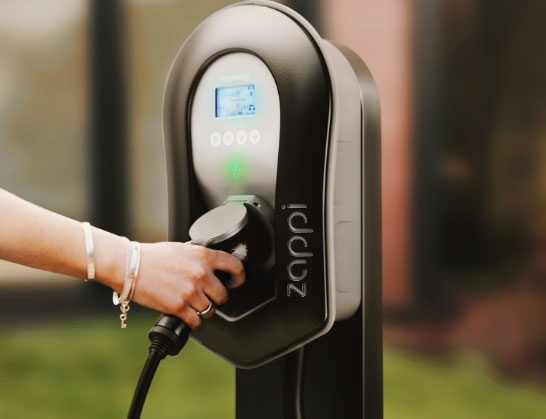What is a Commercial Solar System? Exploring Efficiency, Savings, and Sustainability in 2023
In 2023, the transition towards renewable energy sources is more imperative than ever, and one of the frontrunners in this movement is the Commercial Solar System. As businesses increasingly recognize the importance of sustainability, energy efficiency, and cost savings, the adoption of solar technology has become a strategic necessity. A Commercial Solar System not only provides significant reductions in utility bills but also enhances a company's reputation as an environmentally responsible entity.
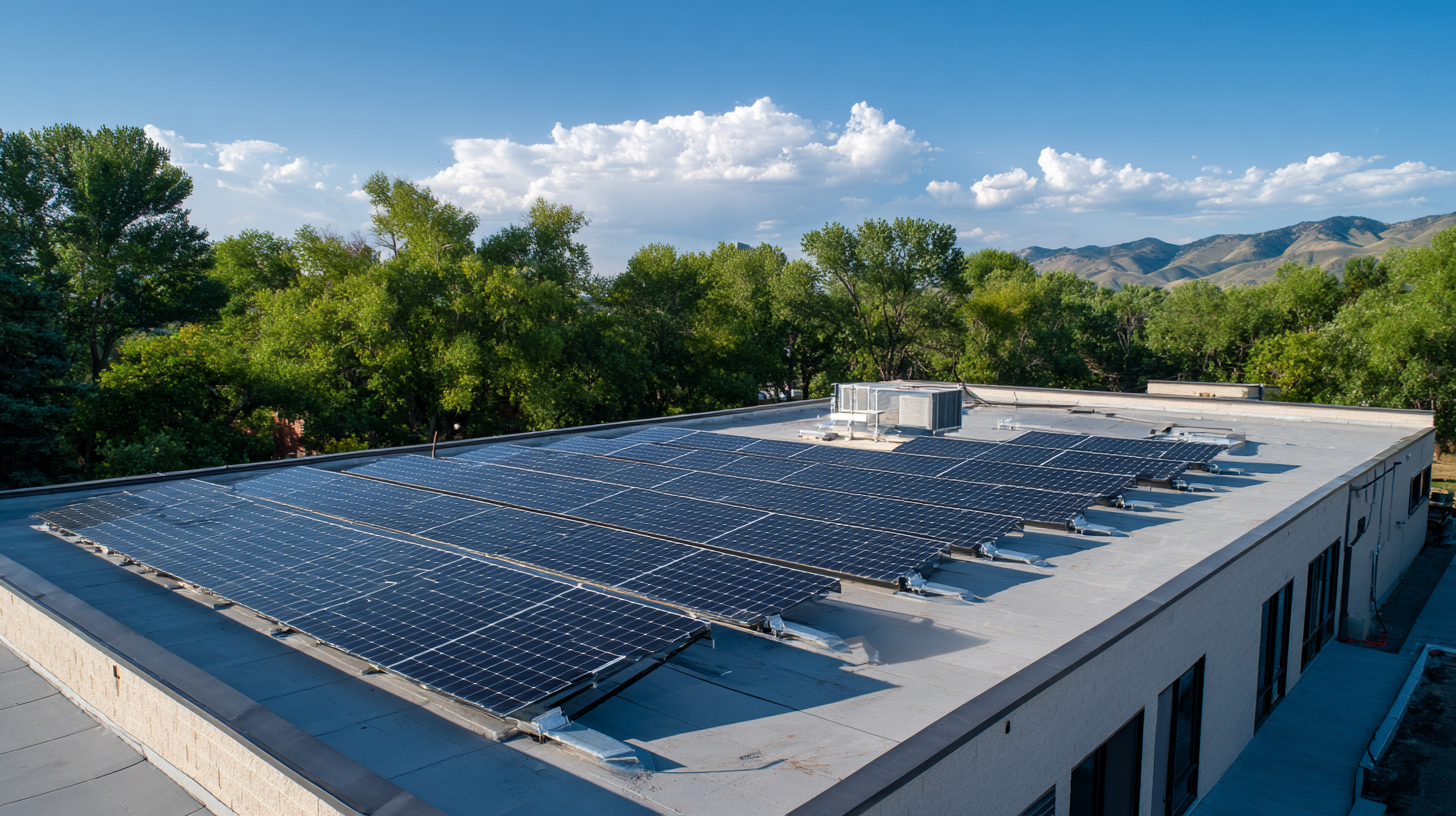
This article delves into the intricacies of commercial solar systems, exploring their operational efficiency, financial benefits, and role in supporting a sustainable future. By understanding the dynamics of these systems, businesses can make informed decisions that align with both their economic goals and their commitment to the planet.
Understanding the Basics of Commercial Solar Systems and Their Components
A commercial solar system is designed to harness sunlight and convert it into electricity to power businesses. These systems typically consist of solar panels, inverters, mounting systems, and batteries.
 Solar panels, often made from silicon, absorb sunlight and generate direct current (DC) electricity. Inverters then convert this DC power into alternating current (AC), which is the form of electricity used in most commercial applications.
Mounting systems secure the panels to roofs or the ground, while batteries store excess energy for later use, enhancing the system's efficiency.
Solar panels, often made from silicon, absorb sunlight and generate direct current (DC) electricity. Inverters then convert this DC power into alternating current (AC), which is the form of electricity used in most commercial applications.
Mounting systems secure the panels to roofs or the ground, while batteries store excess energy for later use, enhancing the system's efficiency.
Tips: When considering a solar system, it's crucial to evaluate your energy needs carefully. Conducting an energy audit can help identify how much power your business consumes, allowing you to choose the right system size. Additionally, researching various financing options, like leasing or power purchase agreements (PPAs), may help reduce upfront costs while maximizing savings.
Another important component is the monitoring system, which tracks energy production and usage. By regularly analyzing this data, businesses can optimize their energy consumption, ensuring they are getting the most out of their solar investment. Investing in maintenance and cleanings can also prolong the life of the system and improve energy output.
Key Factors Affecting the Efficiency of Commercial Solar Installations
The efficiency of commercial solar installations is influenced by several key factors that can significantly impact their overall performance. One primary factor is the orientation and tilt of solar panels. Properly positioning the panels to maximize sunlight exposure can lead to higher energy production. For commercial buildings, which often have varying roof shapes and sizes, optimizing the layout according to geographical location and seasonal sun angles is essential for maximizing efficiency.
Another critical aspect is the choice of solar technology. Different types of solar panels, such as monocrystalline, polycrystalline, and thin-film systems, offer varying levels of efficiency and cost-effectiveness. In 2023, advancements in solar technology have led to the development of panels with higher energy conversion rates and better performance in low-light conditions. Additionally, the use of energy storage solutions can enhance efficiency by allowing businesses to utilize solar energy even during non-sunny periods, thereby reducing reliance on grid power and increasing savings.
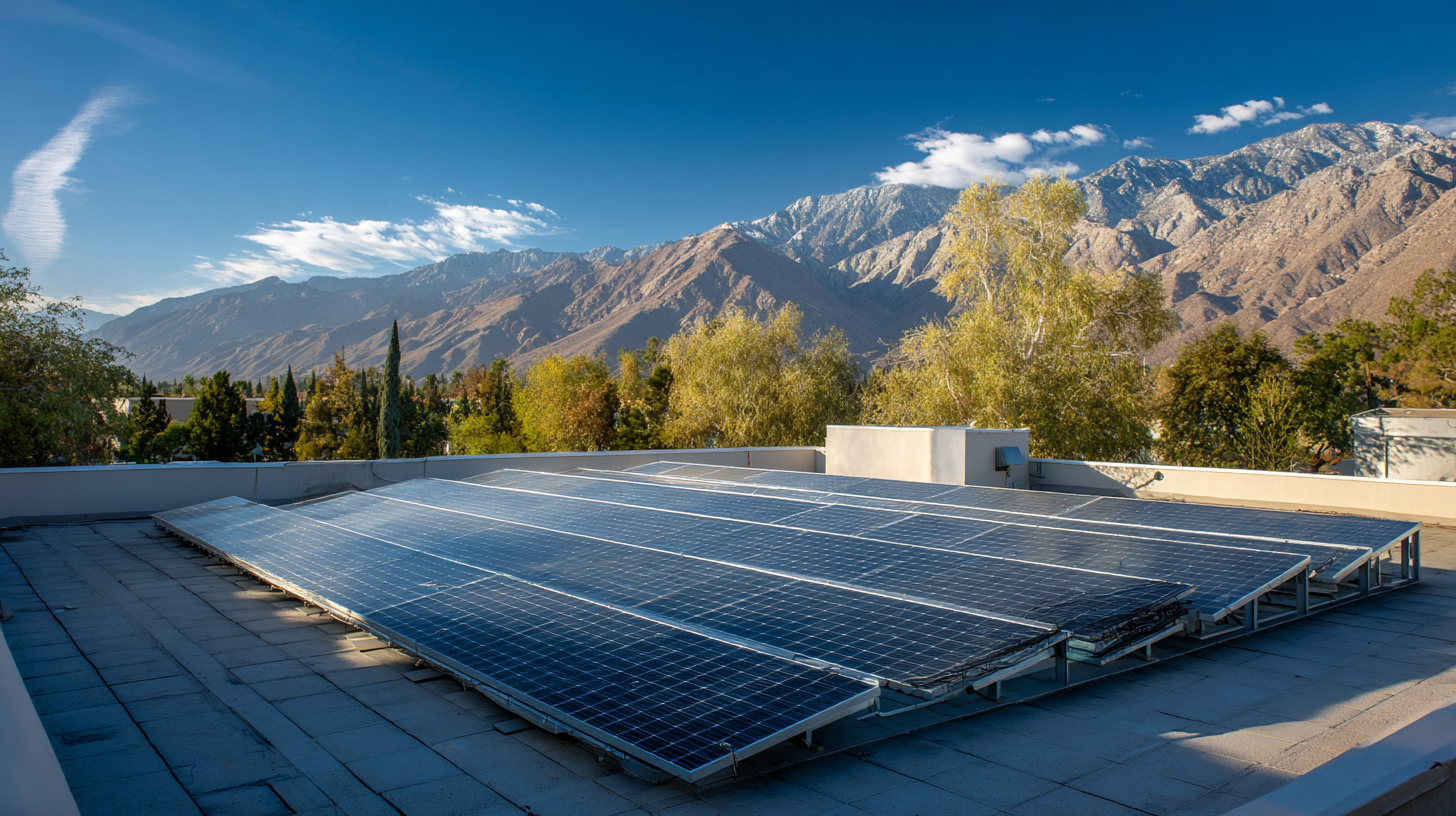
Calculating the Cost Savings of Switching to Solar Energy for Businesses
Switching to solar energy presents a compelling opportunity for businesses to calculate significant cost savings while enhancing sustainability. As commercial solar systems become more accessible, businesses can expect to reduce their electricity bills substantially. The initial investment may seem daunting, but the long-term savings often outweigh the upfront costs. For example, companies may see their energy expenses decline by 20% to 50%, depending on their location, system size, and energy consumption patterns.
Furthermore, businesses can benefit from various financial incentives, including tax credits and rebates, which can further enhance cost savings. The federal Investment Tax Credit (ITC) allows organizations to deduct a significant percentage of the installation costs from their federal taxes, effectively lowering the overall expenditure. Additionally, reducing reliance on conventional energy sources not only saves money but also improves a company’s public image and environmental footprint, aligning with growing consumer preferences for sustainability. As such, businesses contemplating the switch to solar should thoroughly evaluate potential savings calculations and consider the broader impacts of their energy choices.
What is a Commercial Solar System? Exploring Efficiency, Savings, and Sustainability in 2023
| Business Type | Average Installation Cost ($) | Annual Energy Savings ($) | Payback Period (Years) | Carbon Footprint Reduction (tons/year) |
|---|---|---|---|---|
| Retail Store | $75,000 | $12,000 | 6.25 | 10 |
| Manufacturing Facility | $250,000 | $40,000 | 6.25 | 35 |
| Office Building | $100,000 | $15,000 | 6.67 | 12 |
| Warehouse | $150,000 | $25,000 | 6.00 | 20 |
| Restaurant | $80,000 | $14,000 | 5.71 | 11 |
Sustainability Benefits of Commercial Solar Systems for a Greener Future
The sustainability benefits of commercial solar systems are becoming increasingly significant in the drive for a greener future. As energy demands rise alongside global economic development, companies are turning to solar power to meet their energy needs while reducing their carbon footprints. For instance, by 2030, solar power capacity is projected to double in many regions, driven by innovation and policy reforms. This shift not only supports sustainability targets but also leads to substantial cost savings for businesses. A recent analysis highlighted that organizations adopting solar energy solutions can reduce their electricity costs by up to 25%, making solar a financially sound investment.
**Tips:** To maximize your solar system's efficiency, consider investing in advanced photovoltaic technologies, which have seen significant improvements in conversion rates and longevity. Additionally, conducting a thorough energy audit can help identify the most efficient system configuration for your business's unique energy needs.
Implementing commercial solar systems not only contributes to environmental sustainability but also enhances corporate reputation. As businesses demonstrate commitment to renewable energy, they attract eco-conscious consumers and differentiate themselves in a competitive market. A growing number of partnerships focused on solar energy are emerging globally, indicating a robust commitment to sustainability within various sectors. Engaging with local initiatives or councils that provide subsidies or incentives for solar installations can further enhance the financial viability of such projects.
Steps to Successfully Implement a Commercial Solar System in Your Business
Implementing a commercial solar system in your business begins with a thorough assessment of your energy needs and available resources. Conduct an energy audit to determine how much electricity your operation consumes and identify patterns in use. This information will guide you in selecting the right system size and design. Additionally, evaluate potential locations on your property for solar panel installation, considering factors like sunlight exposure and available space.
Once you have a clear understanding of your requirements, the next step is to research financing options that suit your business model. There are various incentives, grants, and tax credits available that can significantly reduce the upfront costs of solar installation. Collaborating with experienced solar professionals can help navigate these options and ensure that you make informed financial decisions. After securing funding, the installation process begins, during which it's essential to maintain communication with the installation team to monitor progress and address any issues that may arise. By following these steps, you can successfully integrate a solar system into your business, enhancing both sustainability and operational efficiency.
Commercial Solar System Efficiency and Savings in 2023
This chart represents the efficiency, installation cost, annual savings, and payback period of commercial solar systems in 2023. As businesses increasingly adopt solar energy, understanding these metrics can guide effective decision-making for sustainable practices and financial savings.
Related Posts
-
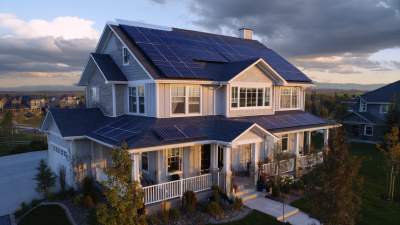
Ultimate Guide to Choosing the Best Solar Panels for Your Home in 2023 with Expert Insights
-

The Ultimate Guide to Optimizing Solar Power Installation for Global Buyers
-
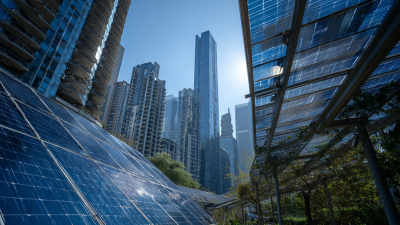
The Future of Best Pv Panels in 2025 A Comprehensive Guide to Emerging Technologies and Market Trends
-
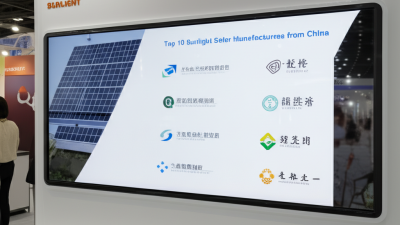
Top 10 Sunlight Solar Manufacturers from China at the 137th Canton Fair
-
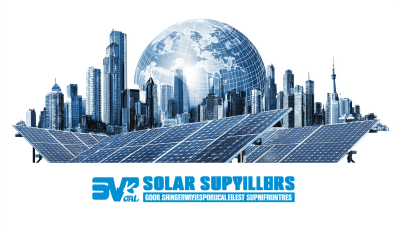
Unlocking Sustainable Energy Solutions by Choosing the Best Solar Panel Suppliers for Global Procurement
-
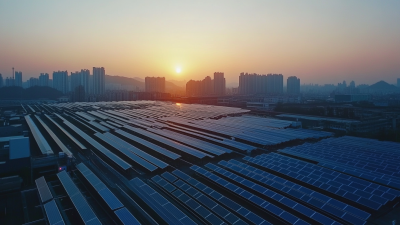
Exploring Global Opportunities in Solar System Installation at the 137th Canton Fair 2025


